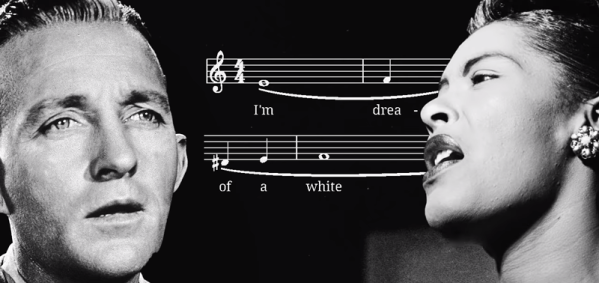Throughout the spring, some Bay Area residents from Marin County to the Presidio noticed a sustained, unplaceable high-pitched tone. In early June, the sound reached a new peak volume, and recordings of the eerie noise spread across Twitter and Facebook. Soon after, The Golden Gate Bridge, Highway, & Transportation District, the agency responsible for the iconic suspension bridge’s maintenance, solved the mystery: The sound was due to high winds blowing through the slats of the bridge’s newly-installed sidewalk railing. Though a more specific explanation was not provided, the sound is most likely an Aeolian tone, a noise produced when wind blows over a sharp edge, resulting in tiny harmonic vortices in the air.
The modification of the Golden Gate Bridge railing is the most recent and most audible element of a multi-phase retrofit that has been underway since 1997. Following the magnitude 6.9 Loma Prieta Earthquake in 1989, The Golden Gate Bridge, Highway, & Transportation District (The District) began to prepare the iconic bridge for the wind and earthquake loads that it may encounter in its hopefully long life. Though the bridge had already withstood the beating of the Bay’s strong easterly winds and had been rattled by minor earthquakes, new analysis technology and construction methods could help the span hold strong against any future lateral loading. The first and second phases of the retrofit targeted the Marin Viaduct (the bridge’s north approach) and the Fort Point Arch respectively. The third and current phase addresses the main span.
Continue reading “Bridge Over Trebled Water: How The Golden Gate Bridge Started To Sing”













